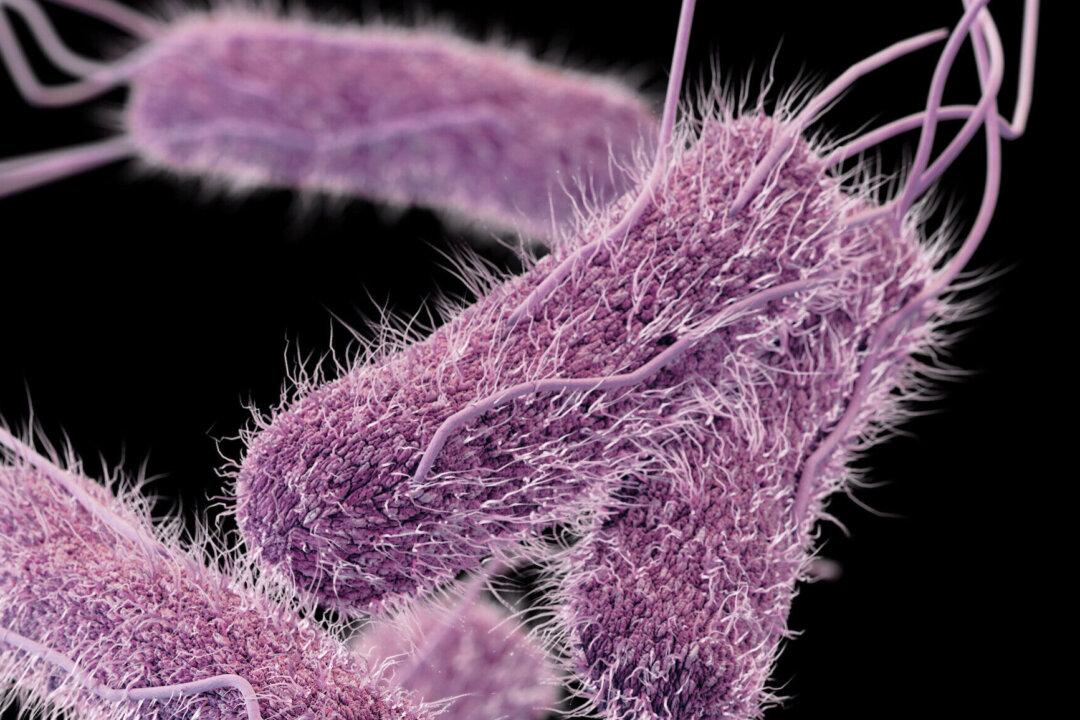Two salmonella outbreaks that have been linked to Italian-style meats are currently under investigation by the Centers for Disease Control and Prevention (CDC) and the U.S. Department of Agriculture’s Food Safety and Inspection Service (USDA).
The outbreak has so far affected 36 people from 17 states, of which at least 12 of them have been hospitalized, according to a news release from the CDC published on Aug. 24.





